Acequias: More Than a Traditional Irrigation System; It Embodies a Way of Life Deeply Rooted in My Culture and Family
By Ralph Vigil, Acequia Parciante.
My family has lived in East Pecos, Nuevo Mexico, since the 1800s long before New Mexico became a state. Our roots run deep in this land, intertwined with the flowing waters of the acequias. They are more than ancient irrigation systems; they are the lifeblood of our culture, our connection to the land, and the soul of our community.
For generations, my family has cared for this land and its waters, understanding that the acequia is more than a means of survival. One of my ancestors helped establish the Acequia de Molino, which powered a mill. The waters of that acequia, like the waters of all acequias, have nourished both our crops and our communities.
There was a time, though, that I lost touch with my roots. Like many, I pursued different career paths, chasing stability and financial security, unaware that in doing so, I was drifting away from the very thing that gave me purpose. But life has a way of guiding us home.
When the economy crashed in 2008, I found myself back on the land with my hands in the soil, awakening something deep inside me. I realized then that this is where I belong.
In the years that followed, I dedicated myself to preserving our acequia traditions. I was honored to serve three Governors as Chairman of the New Mexico Acequia Commission, an appointed role I held for 19 years. Through this work, I not only learned the intricacies of acequia governance but also deepened my respect for the balance that sustains these waterways.
We refer to this feeling of deep love and connection to the land as “querencia.” It is our responsibility to care for what has been passed down to us and to ensure its endurance for future generations.
Acequias have an ancient history, tracing back to Afghanistan and the Middle East, where they transformed arid landscapes into thriving agricultural hubs. The Moors brought these water systems to Spain, and from there, they journeyed to the Americas. When Spanish settlers arrived in what is now New Mexico, they found Indigenous communities with their own irrigation systems, and over time, the acequia evolved into one of the oldest forms of democracy in the United States.
Acequias is a community-based, community-operated irrigation system. Users, the property owners along the acequias, come together and determine it's a one-property, one-vote process. They decide who the "mayordomo" will be. The mayordomo determines the allocation of water, including when you receive it, how many days you'll get it, and the amount. The mayordomo is also the person who resolves any disagreements or disputes between landowners.
No one is more important than another, whether you own one acre or a hundred. In the acequia, we are equals, bound together by water, land, and tradition.
Acequias have not only sustained families for generations, they recharge aquifers, extend green belts, and sustain local ecosystems. They teach us that water is not a commodity; it is a shared gift that requires care and stewardship.
As I look to the future, I hope that we, as a people, never forget our duty to be good stewards of the land and preserve our traditions. The acequias have sustained us for centuries, and it is our responsibility to ensure they continue to flow for generations to come.
Because acequias are not just about water. They are about home, heritage, and the unbreakable bond between people and the land.








